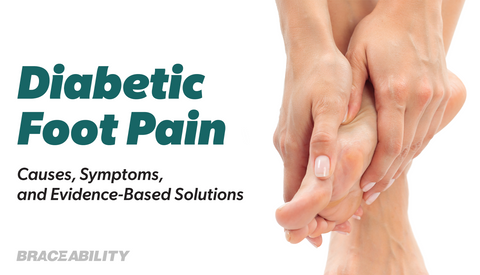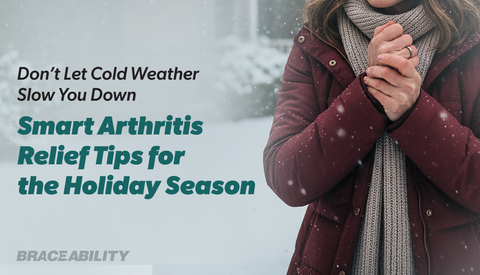Inner Knee Pain: Why Does the Inside of My Knee Hurt?
Inner Knee Anatomy
Your knee does so much for you - it allows you to walk, run, jump, skip or even sit down. It supports all of your body weight, which is a big job. The knee is one of the largest and most complex joints in the human body. Because of this, it is no surprise that knee pain is so common.
Understanding how your knee works will make it easier to identify where the pain is coming from. The knee is made up of bones, ligaments, tendons, and muscles.
Tendons connect the knee bones to the leg muscles that move the knee joint.
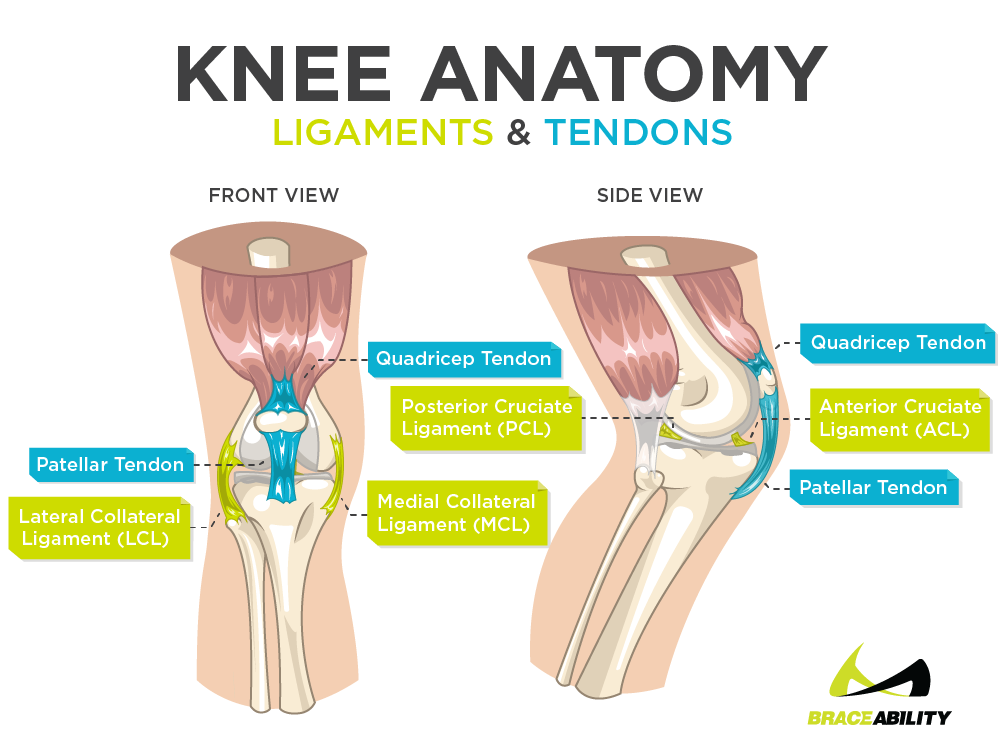
There are two major tendons in the knee:
- Quadriceps tendon: connects the quadriceps muscles to the kneecap
- Patellar tendon: connects the kneecap to the shin bone
There are four major ligaments in the knee:
- Anterior cruciate ligament
- Posterior cruciate ligament
- Medial and lateral collateral ligaments
- Patellar ligament
If you’re experiencing inner knee pain, pay close attention to the medial collateral ligament (MCL). The MCL is located on the inside of the knee.
Other Important Inner Knee Parts:
- Meniscus: C-shaped pieces of cartilage that act as a cushion between your shinbone and your thigh bone
- Bursa: The bursae provide a cushion between your bones and tendons and reduce friction.
- Plica: A plica is a fold in the thin tissue that lines your knee joint.
What Causes Pain on the Inner Side of Your Knee?
-
Medial Collateral Ligament (MCL) Tear or Sprain
The MCL is a band of tissue that runs along the inner edge of your knee. It plays a role in connecting your shin and thigh bones to keep your knee stable and working properly. The MCL can tear when it stretches far enough or if the outside of your knee is hit very hard. When your MCL is injured, your knee has the capability to over-extend itself, or bend too far in a direction it’s not supposed to. That is why it’s important to get treatment. In order to tend to an MCL tear and reduce pain and swelling, RICE treatment can help.
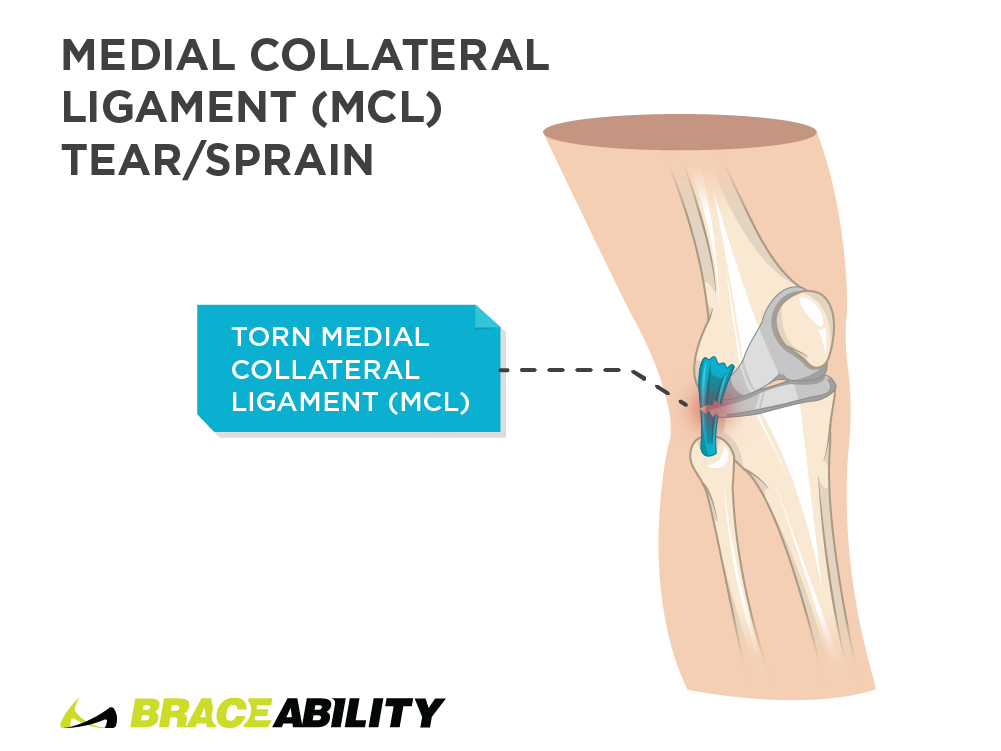
-
Meniscus Tear
A torn meniscus is the most common type of knee injury. Each of your knees has two menisci. They are C-shaped pieces of cartilage that act as a cushion between your shinbone and your thigh bone. One of the menisci is located on the inside, or medial side, of your knee. The meniscus may tear if you participate in an activity that causes you to forcefully twist or rotate your knee, especially when putting your full weight on it. To treat a meniscus tear, it’s important to do the RICE method as well as use some sort of support, like the Torn Meniscus Knee Brace.

-
Bursitis
Knee bursitis is inflammation of a small fluid-filled sac (bursa) situated near your knee joint. The bursae provide a cushion between your bones and tendons and reduce friction. There is a bursa close to your inner knee which might be the one affected if there is where your pain is located. Bursitis most commonly occurs on the inner side of your knee below the joint or over the kneecap. The pain for this might be anteromedial, meaning located in front or toward the middle, depending on which bursa is affected. To help with the pain, use a Bursitis Knee Brace.

-
Knee Osteoarthritis
Osteoarthritis is the most common form of arthritis and typically affects people who are middle-aged or older. For some individuals it is hereditary. For others, it can result from injury or infection or even from being overweight. Osteoarthritis is also known as wear and tear arthritis. It occurs when the natural cushioning between joints, or cartilage, wears away. When this occurs, the bones of the joints run more closely against one another with less of the shock-absorbing benefits of cartilage. The Neoprene Knee Sleeve can help relieve discomfort.
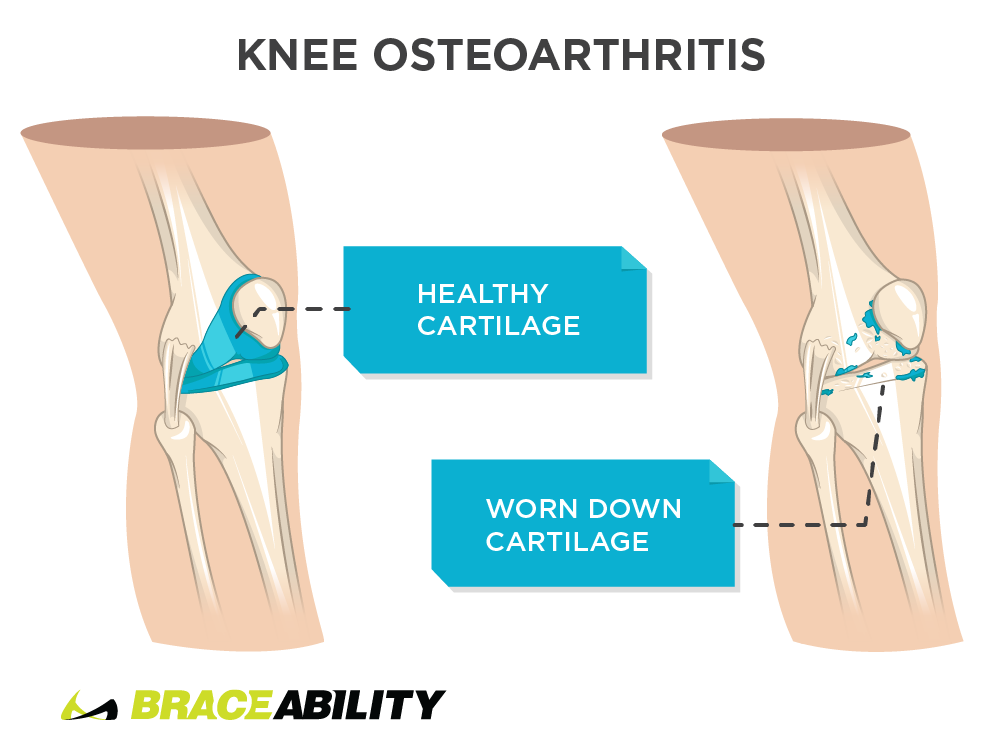
-
Medial Knee Plica Syndrome
A plica is a fold in the thin tissue that lines your knee joint. They allow you to bend and move your leg with ease. Most people have four of them in each knee. The medial plica, medial meaning inner, is one of the four folds in your knee. It can get irritated from an injury or overuse of your knee. It occurs commonly in people who are very active or people who have recently increased activity or started exercising an increased amount. It can also result from a trauma where your knee gets hit significantly hard.
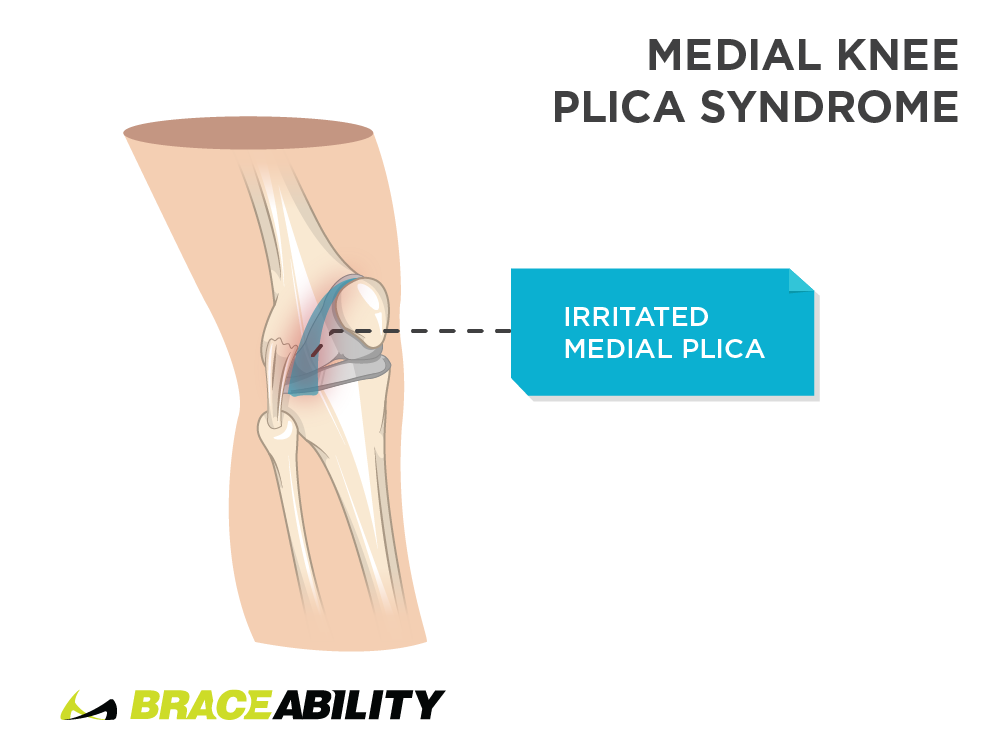
Symptom Checker: Why Does the Inside of My Knee Hurt?
If you hear a pop and feel pain along the inside of your knee:
You probably tore your MCL. When the damage takes place to your knee, you will probably hear a popping sound and feel pain on the inside edge of your knee. Your knee may also lose stability and lurch to the side. It will benefit you to use a knee brace for ligament tears.
If you feel stiffness, swelling, and pain on the inside of your knee:
You may have torn your meniscus. If you also heard a popping sound or felt a popping sensation it’s very likely you tore your meniscus. You might also feel a sharp pain when twisting or rotating your knee.
If the inner knee feels warm, tender and swollen when you put pressure on it:
You probably have bursitis or an inflamed bursa. The symptoms could vary depending on what is causing the inflammation and which bursa is infected. You will probably feel pain when you move your knee or even when it is at rest.
If you feel inner knee pain when active, swelling, stiffness and decreased mobility:
You probably have knee osteoarthritis. Along with the symptoms mentioned above, there might also be a creaking, crackly sound that is heard when the knee moves. You may also feel warmth on your knee joint. With osteoarthritis, it can become difficult to get in and out of chairs or cars, use the stairs, or walk.
If you feel inner knee pain, locking of your knee, or hear a clicking sound:
You might be feeling symptoms of medial knee plica syndrome. A lot of people with this syndrome say that their knee doesn’t feel stable during daily activities. The Patella Stabilizer Knee Brace can help to feel stability within your knee and aid in the healing process. It also may hurt to walk up and down the stairs or when running. The knee may feel achy or worse at night or when you are active. It may hurt to squat, bend, or get up after you sit for a long period of time.















